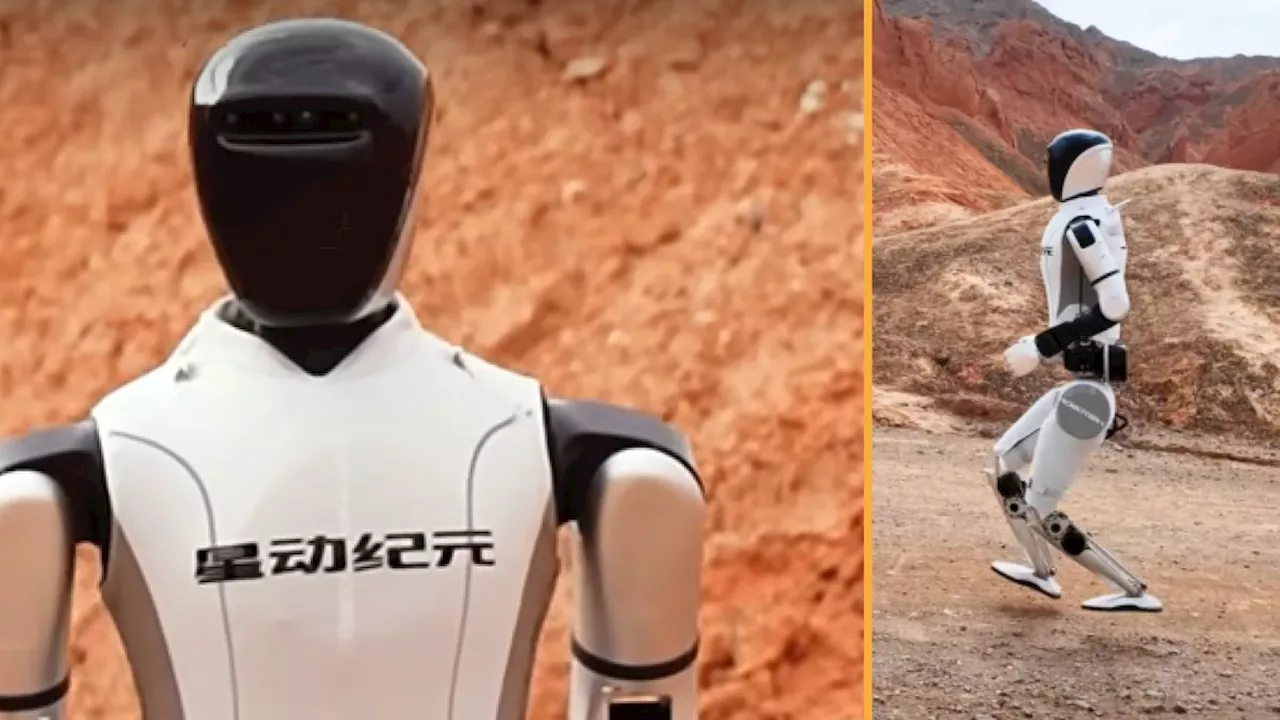Keumars is the technology editor at Live Science. He has written for a variety of publications including ITPro, The Week Digital, ComputerActive, The Independent, The Observer, Metro and TechRadar Pro. He has worked as a technology journalist for more than five years, having previously held the role of features editor with ITPro.
A new computer vision system inspired by cats' eyes could enable robots to see the world around them more accurately than ever before.
They chose a cat's eye for inspiration because our furry friends have great vision in both light and dark environments. During the day, a cat's pupil is a vertical slit-like shape that filters out light and reduces glare, helping a cat to focus. The pupil then widens to let in more light at night — with a reflective layer called the tapetum lucidum enhancing their vision by reflecting visible light back through the retina and increasing the light available to photoreceptors.
"Robotic cameras often struggle to spot objects in busy or camouflaged backgrounds, especially when lighting conditions change. Our design solves this by letting robots blur out unnecessary details and focus on important objects," study lead author Young Min Song, professor of electronic engineering at Gwangju Institute of Science and Technology in South Korea, said in a statement.
United States Latest News, United States Headlines
Similar News:You can also read news stories similar to this one that we have collected from other news sources.
 Google's Sycamore quantum computer chip can now outperform the fastest supercomputers, new study suggestsKeumars is the technology editor at Live Science. He has written for a variety of publications including ITPro, The Week Digital, ComputerActive, The Independent, The Observer, Metro and TechRadar Pro. He has worked as a technology journalist for more than five years, having previously held the role of features editor with ITPro.
Google's Sycamore quantum computer chip can now outperform the fastest supercomputers, new study suggestsKeumars is the technology editor at Live Science. He has written for a variety of publications including ITPro, The Week Digital, ComputerActive, The Independent, The Observer, Metro and TechRadar Pro. He has worked as a technology journalist for more than five years, having previously held the role of features editor with ITPro.
Read more »
 Scientists design new 'AGI benchmark' that indicates whether any future AI model could cause 'catastrophic harm'Keumars is the technology editor at Live Science. He has written for a variety of publications including ITPro, The Week Digital, ComputerActive, The Independent, The Observer, Metro and TechRadar Pro. He has worked as a technology journalist for more than five years, having previously held the role of features editor with ITPro.
Scientists design new 'AGI benchmark' that indicates whether any future AI model could cause 'catastrophic harm'Keumars is the technology editor at Live Science. He has written for a variety of publications including ITPro, The Week Digital, ComputerActive, The Independent, The Observer, Metro and TechRadar Pro. He has worked as a technology journalist for more than five years, having previously held the role of features editor with ITPro.
Read more »
 Future 6G data speeds could hit 1 Tbps — up to 10,000 times faster than 5G — after transmission breakthroughKeumars is the technology editor at Live Science. He has written for a variety of publications including ITPro, The Week Digital, ComputerActive, The Independent, The Observer, Metro and TechRadar Pro. He has worked as a technology journalist for more than five years, having previously held the role of features editor with ITPro.
Future 6G data speeds could hit 1 Tbps — up to 10,000 times faster than 5G — after transmission breakthroughKeumars is the technology editor at Live Science. He has written for a variety of publications including ITPro, The Week Digital, ComputerActive, The Independent, The Observer, Metro and TechRadar Pro. He has worked as a technology journalist for more than five years, having previously held the role of features editor with ITPro.
Read more »
 Chinese humanoid robot is the 'fastest in the world' thanks to its trusty pair of sneakersKeumars is the technology editor at Live Science. He has written for a variety of publications including ITPro, The Week Digital, ComputerActive, The Independent, The Observer, Metro and TechRadar Pro. He has worked as a technology journalist for more than five years, having previously held the role of features editor with ITPro.
Chinese humanoid robot is the 'fastest in the world' thanks to its trusty pair of sneakersKeumars is the technology editor at Live Science. He has written for a variety of publications including ITPro, The Week Digital, ComputerActive, The Independent, The Observer, Metro and TechRadar Pro. He has worked as a technology journalist for more than five years, having previously held the role of features editor with ITPro.
Read more »
 Scientists build the smallest quantum computer in the world — it works at room temperature and you can fit it on your deskKeumars is the technology editor at Live Science. He has written for a variety of publications including ITPro, The Week Digital, ComputerActive, The Independent, The Observer, Metro and TechRadar Pro. He has worked as a technology journalist for more than five years, having previously held the role of features editor with ITPro.
Scientists build the smallest quantum computer in the world — it works at room temperature and you can fit it on your deskKeumars is the technology editor at Live Science. He has written for a variety of publications including ITPro, The Week Digital, ComputerActive, The Independent, The Observer, Metro and TechRadar Pro. He has worked as a technology journalist for more than five years, having previously held the role of features editor with ITPro.
Read more »
 New app performs motion capture using just your smartphone — no suits, specialized cameras or equipment neededKeumars is the technology editor at Live Science. He has written for a variety of publications including ITPro, The Week Digital, ComputerActive, The Independent, The Observer, Metro and TechRadar Pro. He has worked as a technology journalist for more than five years, having previously held the role of features editor with ITPro.
New app performs motion capture using just your smartphone — no suits, specialized cameras or equipment neededKeumars is the technology editor at Live Science. He has written for a variety of publications including ITPro, The Week Digital, ComputerActive, The Independent, The Observer, Metro and TechRadar Pro. He has worked as a technology journalist for more than five years, having previously held the role of features editor with ITPro.
Read more »
